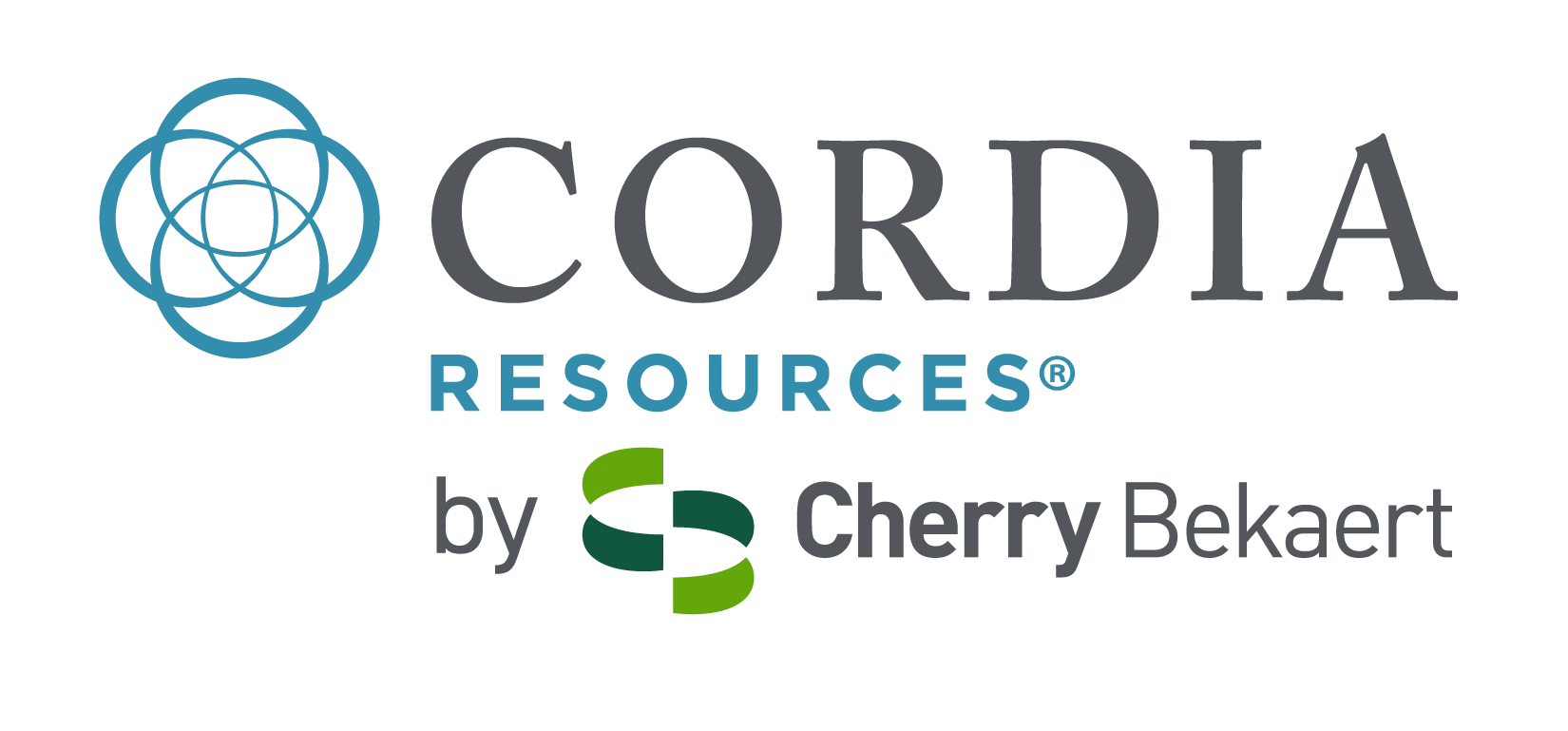
Key Takeaways from our Human Resources Leadership Webinar Series
Many companies prioritize advancing diversity and inclusion, but successful implementation in the workplace often remains a challenge. Recent heightened social and political movements propelled diversity and inclusion to the forefront and, now more than ever, employees expect action to address complex issues. These factors create new opportunities for companies to improve their culture and accelerate real results.
As part of the Human Resources Leadership Series, Cordia Resources and Human Capital Strategic Consulting hosted a webinar on Advancing Diversity and Inclusion in the Workplace, featuring three senior executives who shared their best practices on how to create and advance workplace diversity and inclusion (D&I) programs that bring meaningful results.
Below are some key takeaways from the presentations by Stacy Critzer, Chief Human Resources Officer at Unanet, Shirlene Archer, Vice President for Operations at IREX, and Terri Wiethorn, Chief Human Resources Officer at Fruit of Loom, Inc.
Defining Diversity & Inclusion in the Workplace
Panelists agreed that D&I in the workplace is multi-faceted. It consists of a safe work environment where everyone has a voice and feels welcomed/valued/respected and employees enjoy equal opportunities for projects and advancement. It intentionally creates a diverse workforce by selecting employees with differences in race, ethnicity, gender, gender identity, age, socioeconomic status, geographic location of origin, religion, ability, and even academic/professional background. But it also requires a concerted effort to build inclusive environments where the individual skills, competencies, and views are allowed to influence decisions, work culture, and strategic goals at all company levels.
Leadership is Vital to Success
To develop and implement a successful D&I program requires a leadership commitment from the top—the president, CEO and board—not a working group, committee, HR, or single DEI officer. Leadership must honestly assess where the company stands on D&I and then define a purpose and vision reinforcing its importance. If leaders are unsure of what the vision should be, seek coaching and education. Most leaders are genuinely interested in understanding D&I and it’s perfectly acceptable for the team to learn as it goes.
Start Small, Use Data, then Grow
Once leadership commits to building a D&I program, panelists agreed it’s most effective to start small and make data-driven decisions. Discuss what the organization is trying to accomplish and set goals to achieve. Then, collect and analyze data to identify core areas that have the biggest gaps and develop solutions for priority areas. For example, one starting point might be a company’s underrepresentation of certain groups. By analyzing the employee composition profile, senior management recognizes the gap, identifies it as a priority area, and focuses initial change efforts on closing the gap. Keep in mind that initiatives need to mesh with existing culture and work environment. Rolling out programs that don’t meet your company’s current situation may come off as disingenuous.
Prioritize Financial Resources for D&I Training and More
Where an organization puts its money reflects its true values and priorities. Building successful D&I programs require investments—financial resources, leadership commitment, time, and more. For example, training should be a key investment area. Almost every company has mandatory sexual harassment training, but few companies have mandatory implicit bias and microaggression training. Sessions that complement traditional “respect the workplace” training offer safe spaces to help all levels of employees acknowledge underlying biases and how they play out in the workplace.
Talent Acquisition Plays a Key Role in Achieving Diversity Goals
Recruiters and hiring managers are uniquely positioned to become more effective DEI ambassadors. Challenge them to think beyond basic skills and qualifications and identify characteristics that will be best suited for each open position. It may take extra discussion and effort to expand how to think about ideal candidates and eliminate unintended biases, but the best hiring decisions come from looking at a variety of candidates from all walks of life.
Combined Approach Brings Best Results
To create real change, companies must simultaneously embrace both a “top down” and “bottom up” approach. Leadership needs to define the vision, require accountability and create a safe environment for employees. In turn, employees need to get involved, share their perspectives through honest dialogue, and support D&I initiatives to create the desired culture.
Here to Help Navigate D&I
Diversity and inclusion can evolve in a very positive way if a company really listens to and understands what’s on the hearts and minds of its employees and the community. But it requires a thoughtful plan and intentional effort. If your organization needs assistance with diverse talent acquisition, support of D&I initiatives by interim HR executives, or executive search and operational recruiting, contact Cordia Resources today.



